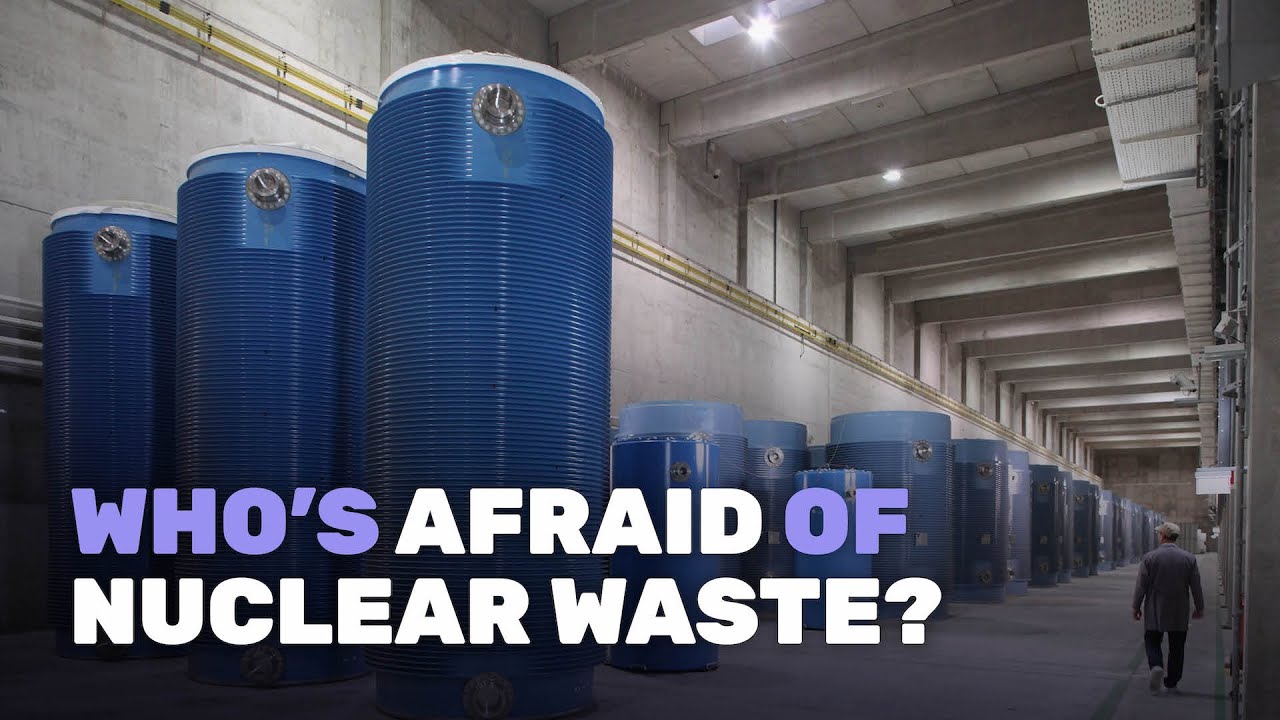People are afraid of nuclear waste — so fearful, in fact, that it’s often enough to stop conversations about nuclear power dead in their tracks. But is that fear justified?
How risky is nuclear waste? The answer might surprise you.
Let’s start with the basics: What exactly is nuclear waste? It’s not a green goo stored in a flimsy drum. It’s a solid stored in steel and concrete canisters designed to survive earthquakes, tornadoes, floods, and even attacks with projectiles. And because nuclear power is so efficient, the amount of waste it generates compared to other fuel sources is incredibly small. For nuclear energy to generate enough power for one million people, it’d create three cubic meters of high-level waste per year. T
o get the same amount of power with coal … it’d generate about 300,000 tons of coal ash, which contains contaminants like mercury and arsenic.
So here’s the question: Do the dangers of nuclear waste outweigh the potential benefits of nuclear power?
